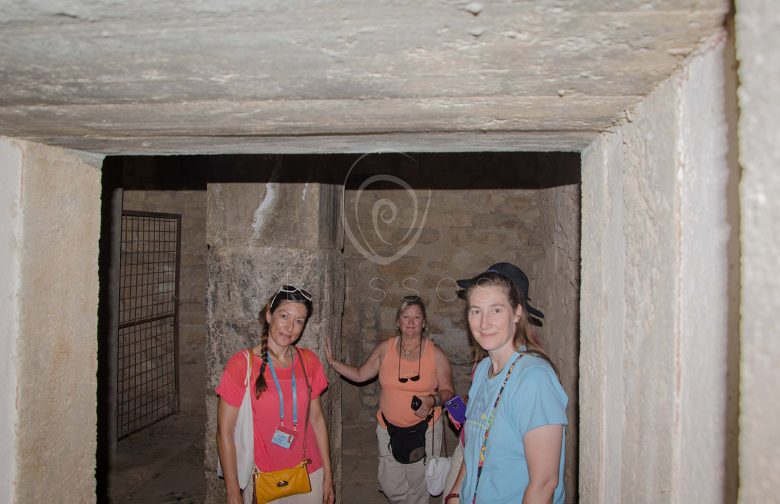The Myth of Persephone is about Earth, Seasons, and Motherly Love
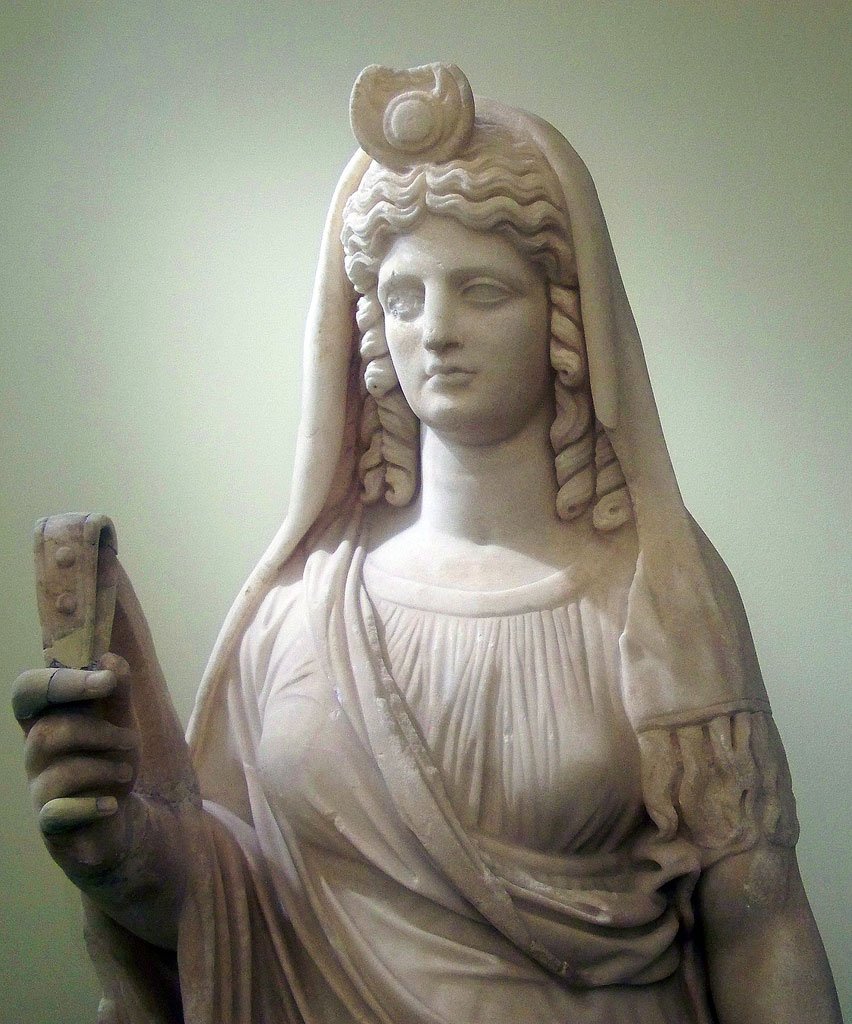
The myth of Persephone will bring you closer to nature, and your loved ones. Enjoy the glorious season of spring through the myth of Persephone and connect with the symbols and the sentiments.
Who was the beautiful queen of Pluto, Persephone? Daughter of Zeus and Demeter, Persephone was worshiped mainly in rural areas – Arcadia, Messinia, Laconia, Argos, Corinth, Boeotia, Thessaly. The cult of Persephone and Demeter in Eleusis (Great Eleusinian Mysteries) was famous, while many places of worship of Persephone were identified with the place where the abduction took place (Eleusis, Ermione, Knossos).
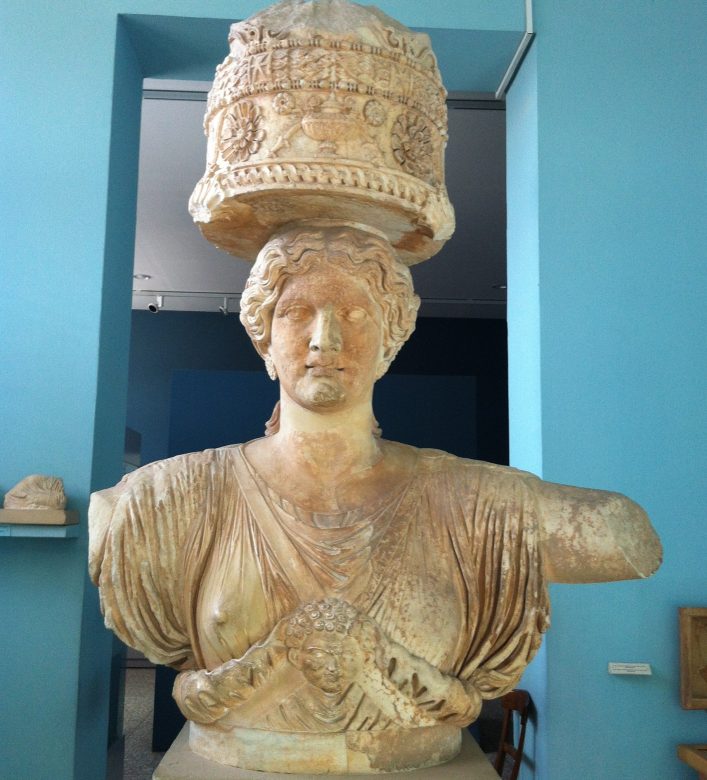
Persephone and Pluto
When Zeus wanted to seduce the distant Demeter, he transformed into a bull and seduced her. From their union, Persephone was born. Everyone admired Persephone for her beauty and grace of her movement. As Persephone played one day with her friends, the Nymphs, in the meadows, somewhere on the edge of the world, collecting wreaths and lilies, the god of the Underworld, the famous Pluto or Hades as most called him, took the opportunity and seized Persephone who he liked for a long time. To be precise, he fooled her! How?
Pluto saw Persephone running in the woods laughing and feeling carefree. And he liked her so much that he fell in love with her immediately. So, he told his brother, Zeus he can no longer endure loneliness and darkness in the Underworld. He couldn’t do it without a beautiful woman who would love him, by his side. He continued by telling him that the kingdom is immersed in darkness and he wanted his daughter, Persephone, who will be the queen of the Underworld, and he the lord.
Zeus thought about it for a while and did not find any problem. However, a clever way had to be found so that her mother, Demeter, would not react. Therefore, Zeus let the Earth make a flower so beautiful that no one could resist its beauty and the glow of its colors. A hundred flowers sprouted from its root and its incredible scent smelled all over the sea and the sky.
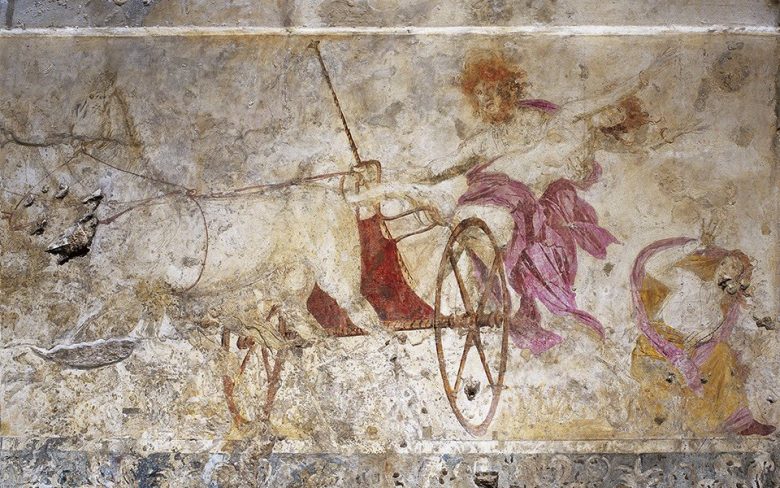
The Abduction of Persephone
Naturally, Persephone could not resist this beautiful flower. She bent down to cut it and to smell it but suddenly; the Earth was torn in two and Pluto appeared from inside on his chariot dragged by his immortal horses. He took Persephone and left so quickly that no eye saw him, neither human nor animal.
Demeter blackened from her grief. She was asking everyone everywhere if they had seen her daughter, but no one had. But the worst part was that no one cared much to help her. For nine nights and days with torches lit in her hands she roamed the land and sea all over the places she ruled in search of her daughter. She couldn’t find her anywhere! At some point though, God Helios told her that Pluto fell in love with her and took her to the Underworld. The goddess was furious, raging with anger as she could not understand how Zeus allowed this.
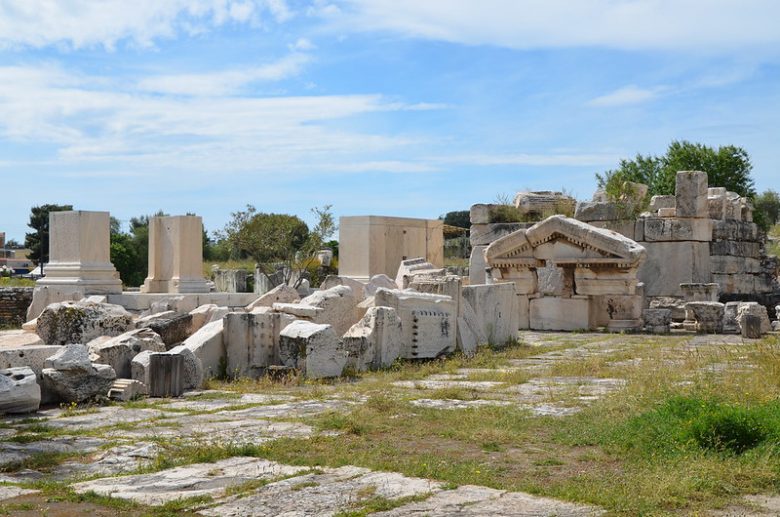
Demeter in Eleusis
She started wandering all over the place, unable to digest what they did to her. One day, arriving in Elefsina, she transformed into an old woman and sat near the Virgin well, under the solid shade of a wide olive tree. There she was met by the four daughters of King Keleos and Queen Metaneira who had come to get water. Demeter told them a story that she had been captured by robbers in Crete and managed to escape. The goddess was convincing and cunning. They liked her and took her to them to raise their little brother, Dimofontas. Thus, the goddess Demeter became the nanny of the child and specially raised him: she poured ambrosia on him, she warmed it with her breath, she passed it over and near the fire to become invincible and immortal, like a god.
But the child was beginning to look like a God. So much so that one night his mother, Metaneira, saw her child doing the acrobat over the flames of fire, and immediately started yelling raising the palace to its feet. Just like that, the magic was solved and the old woman became the goddess Demeter again.
Goddess Demeter was full of anger and told Mataneira off as she disputed that she would have made him immortal and ageless. She would have given her beloved son incorruptible glory but she foolishly thought that she would harm him. She continued telling her to now raise him with her slaves and she demanded a temple to be built in her honor. Indeed, King Keleos called all the citizens of Eleusis and they fulfilled the wish of the goddess within a few days.
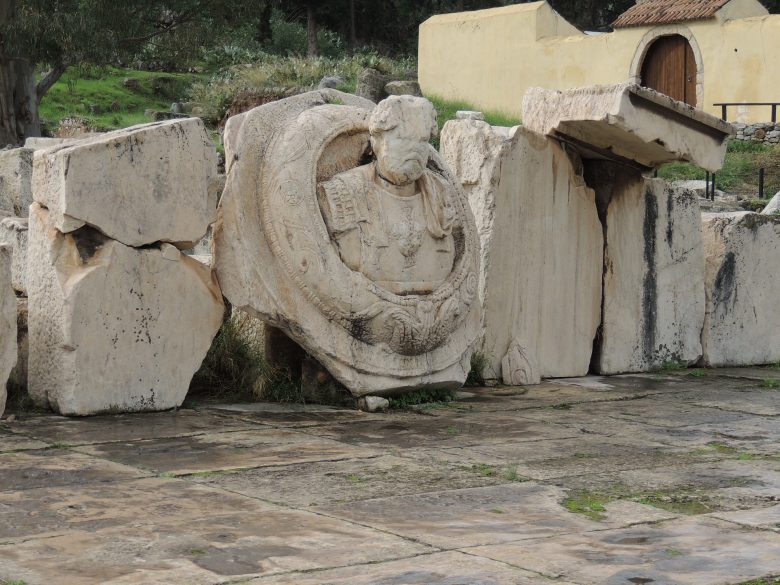
Eleusinian Mysteries
Religious celebration in honor of Demeter and Persephone. Its establishment dates back to the mythical years and refers to the mystery of life, death, and life after death. The Eleusinian mysteries originally had a local scope, but from the end of the 7th century BC, when Eleusis was administratively part of the city of Athens, the mysteries became particularly popular.
Demeter defined the character of the sacramental ceremonies in her honor, the modest orgies that led people to moral uplift, prosperity, and happiness, while she also taught the inhabitants the cultivation of wheat. Demeter, the goddess of agriculture, was naturally associated with the crops and the fertility of the land. The secrecy of her worship in Eleusis was strictly enforced. Those who were initiated into the sacraments were forbidden to reveal everything they had seen and heard during the initiation. Due to the strict secrecy, we do not know what they did during the ceremonies, as no ancient writer mentions anything related.
However, we know in detail what was happening in the open. The Lesser Eleusinia took place in February in Athens, near the current Panathenaic Stadium. Then they made the preliminary initiation of those who would later be initiated into the Greater Mysteries. So, they sacrificed, purified, and learned certain things.
The Eleusinian Mysteries began in Athens on the 14th of the month of Voidromion and ended nine days later in Eleusis. The Eleusinian Mysteries were held continuously until the time of the emperor Theodosius the Great, who officially abolished them in 392 with the decree to close all the ancient sanctuaries, in an attempt to suppress the resistance of the followers of the old religion to the imposition of Christianity as an official religion of the Byzantine Empire.

Demeter’s Anger & Earth Destruction
As soon as the temple was completed, the goddess Demeter entered and did not leave for any reason. Such was her anger at that time that all year long not a single flower, not even a little grass, grew on the ground, even to dry after a while. People began to starve, with no seeds to eat anywhere. The animals themselves began to quarrel and kill each other to eat.
In the face of this catastrophe, that is, the destruction of the whole earth and the people together, Zeus began to think again. She sent the winged Hermes to the Underworld to beg Pluto to let Persephone return to her mother. The god of the Underworld agreed to leave her. Nevertheless, as he said goodbye, he gave her to eat bright red seeds from his magic pomegranate. Persephone ate from the pomegranate and was bound to the kingdom of Pluto forever. How did this happen?
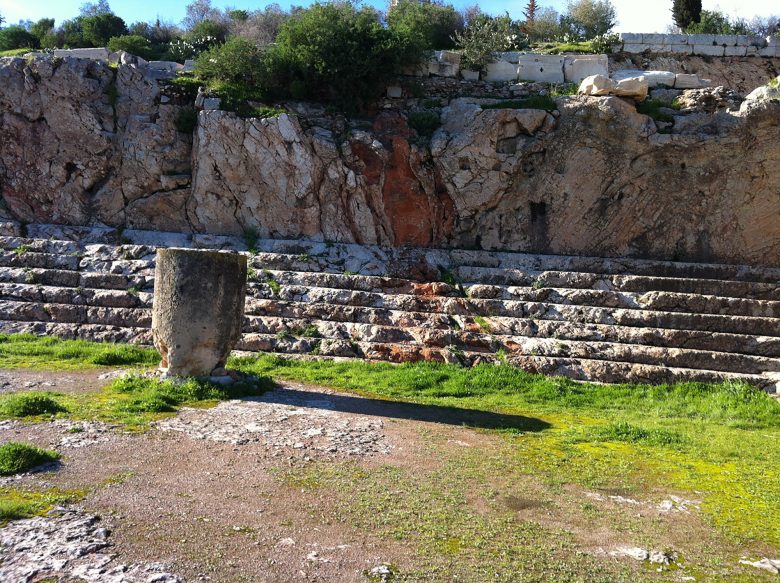
Persephone’s Ascend
Persephone ascended to Earth again, met her beloved mother, the goddess Demeter, but the evil had already happened. Because of the magic pomegranate, Persephone could not stay forever on earth or Olympus. The pomegranate, the fruit of the dead, and the remembrance of the Underworld compelled her to live every year for eight months in the light with her mother, the gods, and men, and for four months to pierce the bowels of the earth and live with her husband, Pluto.
In the eight months that Persephone is on earth, the goddess Demeter, the goddess of the earth and vegetation, blooms and blesses everything from her joy while in the four months that she leaves for the Underworld, all the fruits of the people wither and wither like the goddess Demeter from her sorrow.
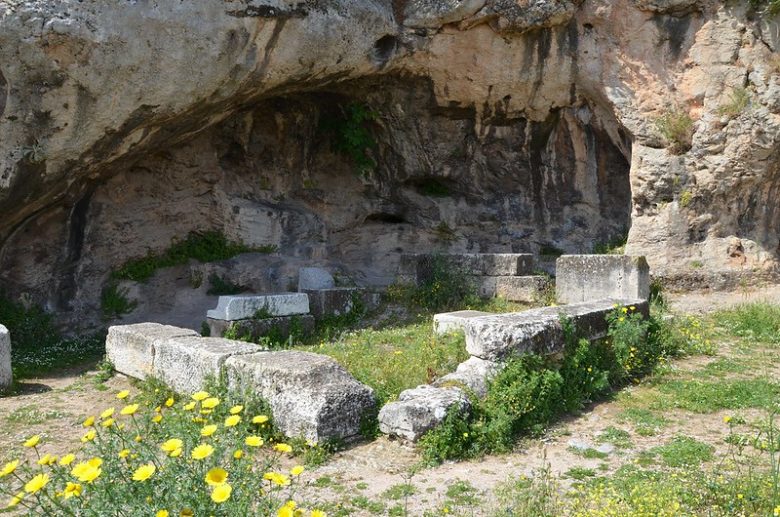
The Myth as a Story with Collective Importance
The myth has been placed on many levels and has been studied by many researchers as one of the top in the world. The story of Persephone seems to be moving in delicate balances that touch the most special strings of human DNA. It is the constant cycle of life from the wilting and mourning of the barren land to vegetation and fruitfulness. It is the change that occurs in every change inside and outside of us.
Persephone could be said to be the fruit itself, the wheat that is planted in the ground, sprouts, bears fruit, leaves. It is the course of everything that is governed by normality. The sun and its course from east to west, until the next dawn. It is the power of external factors (Pluto, pomegranate), random or not that add to our action. Our destiny. It is our strong love for the mother, ours but also for everyone, the mother earth. We cannot part with it no matter what. Our constant return to it. Persephone and her constant return is a global myth.
It is not difficult to see the obvious symbolism of the myth of Persephone. The myth symbolizes the perpetual alternation of seasons and their influence on agricultural work. When the daughter and the goddess Demeter meet, the flowers bloom and the trees bear fruit. When Demeter leaves Persephone, nature „mourns“.
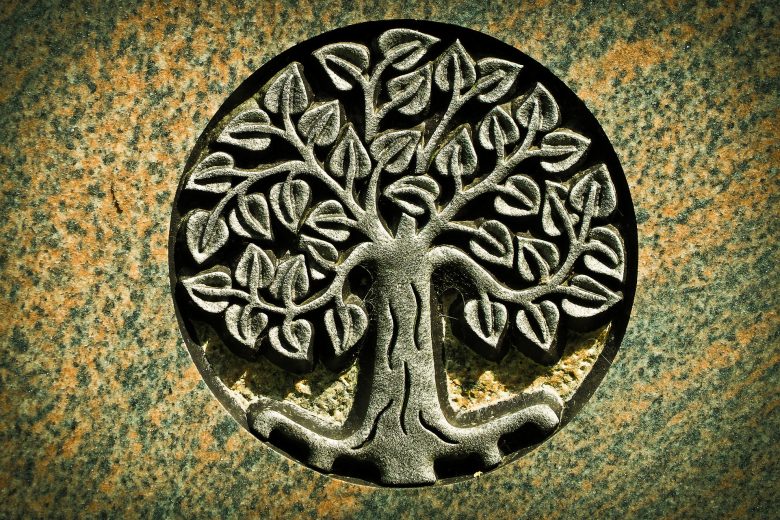
Persephone and the Eternal Life-Death Relationship
In addition to the alternation of seasons, the myth of Persephone is deeply connected to the relationship between life and death. Persephone as a Daughter symbolizes the joy of life. She is young and spends her time among blooming flowers and fruit trees. The transformation of Persephone into a queen of Hades, symbolizes the transition of souls from life to death.
But this change is temporary. The descent and ascent of Persephone is an ongoing process. The process follows a circular course and not a linear one. The soil, which separates the realm of the living from the realm of the dead, ensures that life follows the afterlife. Just as the fruit rots, it falls to the ground, and from its seeds sprouts a new form of life. This cyclical course of life and death presented in the myth has led many scholars to conclude that the subject of reincarnation was at the core of the Eleusinian Mysteries.
The myth was studied by the lecturer of analytical psychology, Carl Jung. Jung’s theory agrees with Voltaire that „everything in life is a reincarnation.“ Hades and Persephone’s stay, symbolize the „dark“ points of life, but also of ourselves. A condition for man to be „reborn“ is to go through the „darkness“.

Dimitra-Persephone: An Interdependent Relationship
Apart from the importance of mourning, but also the relationship between life and death, the myth has a lot to teach us about the mother-child relationship. The goddess Demeter, the mother of Persephone, is the mother of everything. It is the womb, the mother-Earth, the life-giving source. We often see her associated with the Virgin Mary, the mother of Jesus Christ. She was resurrected – that is, she returned to the world of the living from the world of souls, just as Persephone traveled between the two worlds.
It is no coincidence that every year in Elefsina, in the sanctuary where the „Eleusinian Mysteries“ took place, the faithful gather in the church of Panagia Mesosporitissa, during which the women boil legumes, wheat, pomegranate, raisins and grape syrup.
The goddess Dimitra, in addition to the idealized form of the mother who protects, provides food and care, also symbolizes her superprotective form. The mother who controls and oppresses and refuses to cut the „umbilical cord“ that connects her to her child. This creates an interdependence relationship which is represented in the myth of Persephone. Demeter destroys herself when she loses her daughter (the Earth dries up, loses her fertility). Persephone herself is a helpless being, whose life is a point of negotiation, between her mother and her husband.
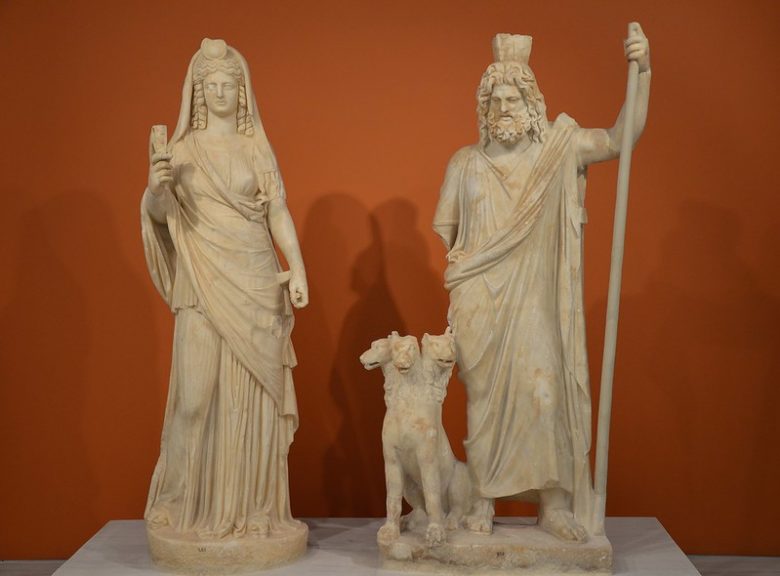
More About the Myth Characters
Persephone
Her name means the one who brings murder, destruction (probably from the verb „theino“ which means to strike). Famous for her abduction by the god of the Underworld and the reaction of Dimitra’s mother.
Demeter
Her name etymologically derived from Earth and Mother (mother, womb). „Da“ is an ancient name from Ga, Gaia, Earth. Demeter is the woman from the earth, the mother earth herself. No wonder she was the goddess of the land, vegetation, agriculture, and cereals. The one who taught people to cultivate, to sow, to plow.
How Pluto ruled the Underworld
Together with the male brothers of Zeus and Poseidon, they took over the reins of the world. Then they cast lots for the kingdoms that each one would undertake to reign. Zeus took over the sky and became the ruler of everything, Poseidon of the seas and waters, and Pluto had the lot of the Underworld. From the kingdoms of Zeus and Poseidon, you could go back or go from one to the other. From the Underworld, no one could go back.

Celebrating Spring in Crete with Elissos Travelling Philosophy
Trust the nature that celebrates spring, and regardless of what happens in your daily life, try to follow the path of rebirth in whatever way suits you, just like Persephone.
Spring Crete Tour: Combo of 3 Exciting Experiences!
The Great Labyrinth Tour
With our Spring Crete Tour enjoy a 3-Day experience and explore the history of central Crete. On the first day, visit the biggest and grandest archaeological site of Crete, the Minoan Palace of Knossos. Meet the Minoan Civilization with the help of your expert tour guide. Stop at the Heraklion Archaeology Museum, the best prehistoric Museum of the country that houses gems excavated from Minoan Palaces throughout Crete. Walk around Heraklion’s old historic section and witness the important Venetian and Ottoman Monuments. After a traditional lunch, a fun and interactive workshop awaits you! Compose ancient Greek Music, play basic ancient Greek rhythms on accurate replicas of ancient Greek musical instruments with the help of your expert instructor.
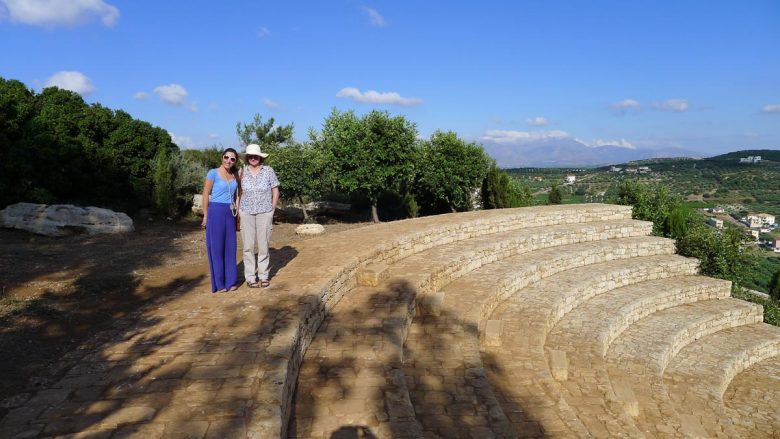
Artistic and Spiritual Crete
On the second day, focus on the Spiritual and Artistic aspects of Minoan and Modern times. Experience an interactive, but not physically demanding, Minoan Nature Dance in a beautiful nature park. Connect with the land and the Minoan Goddess and try to feel the mythical grounds to create your own story. On the sacred hill of Knossos, called Juktas, learn about how the Minoans perceived the meaning of the afterlife and what their Great Goddess was all about. Lunching in the traditional village of Archanes as well as visiting a few more Minoan sites such as a cemetery and a sanctuary, you will end your day feeling blessed.
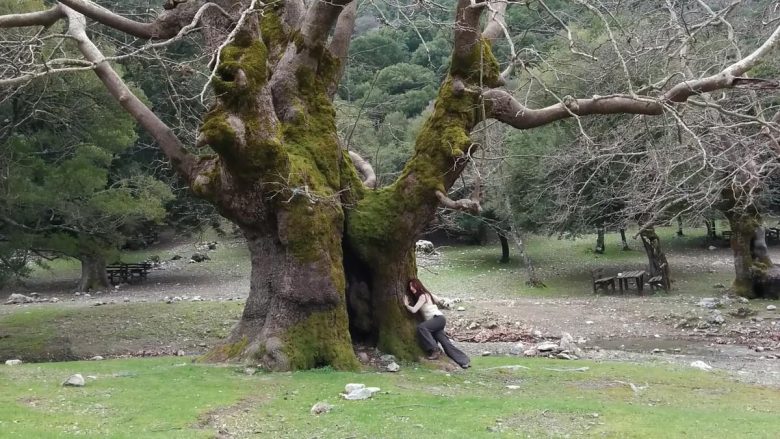
Nature Whispers
On the third day, embrace the Cretan nature, as this tour is all about the wonders of the Cretan land. Drive among fertile vine and olive fields and reach the forest of Rouvas. This forest is famous for its ancient holm oaks, plane, and cypress trees and it gives refuge to many wild goats and birds. Hike don a 4km gorge and then lunch at the beautiful lake formed by waters running from the nearby springs. To end a spectacular day, dive into the sparkling waters of the Libyan Sea in South Crete famous for its healing and therapeutic properties.
Feel Free to contact us for further information and for letting us create your unique private Spring Experience!

